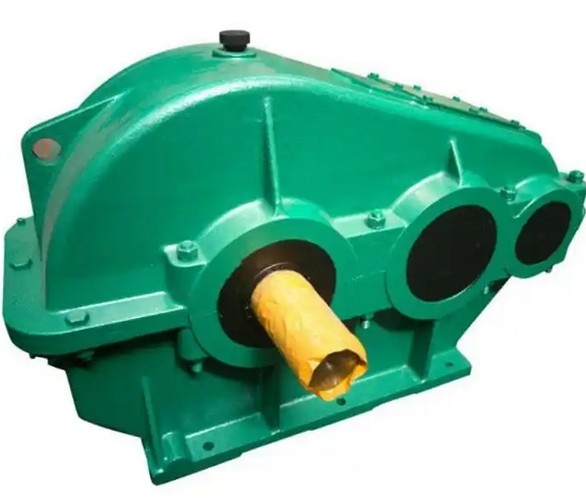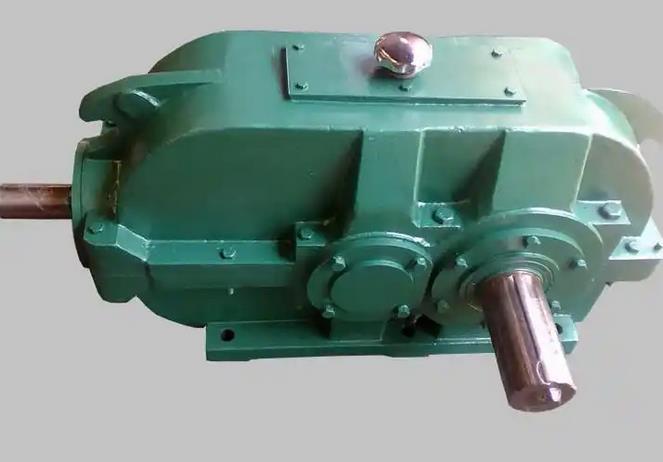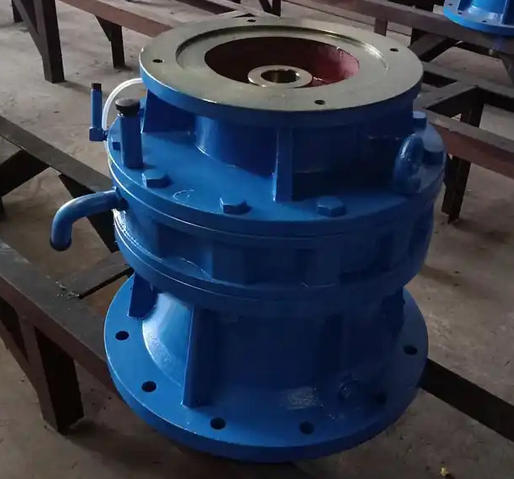How to determine if the sealing structure of the ZQA1000-40-7CA soft gear surface reducer needs to be replaced
To determine whether the sealing structure of ZQA1000-40-7CA soft tooth surface reducer needs to be replaced, the following aspects can be taken into account:Check for leaks:
Observe appearance: Regularly check whether there are traces of lubricating oil leakage in the outer shell, shaft end, flange connection and other parts of the reducer. If oil stains, droplets, or sludge are found to accumulate, especially if the leakage gradually increases, it is likely that there is a problem with the sealing structure, such as wear, aging, or damage to the sealing components, leading to a decrease in sealing performance. At this time, it is necessary to consider replacing the sealing structure.

Check oil level: Regularly check the oil level of the gearbox. If the oil level drops significantly and other possible causes of oil leakage (such as oil tank damage, etc.) are ruled out, it is likely that the oil leakage is caused by the failure of the sealing structure. Further inspection of the sealing structure is needed and consideration should be given to whether to replace it.
Check the status of the seal:
Appearance inspection: When maintaining the gearbox, the seal can be removed for careful inspection. Check for cracks, hardening, deformation, embrittlement, or loss of elasticity in the seals. For example, rubber seals may experience aging cracks after long-term use, leading to a loss of sealing performance. In this case, the seal should be replaced immediately.
Lip inspection: For seals such as oil seals, the lip is the key sealing part, and it is necessary to focus on checking whether the lip is worn, deformed, or damaged. Severe lip wear can lead to poor sealing, which cannot effectively prevent lubricant leakage. In this case, the seal needs to be replaced.
Monitoring operational status:
Abnormal noise and vibration: If there is abnormal noise, vibration or temperature rise during the operation of the gearbox, it may be related to the failure of the sealing structure. For example, after the seal is damaged, lubricating oil leakage may cause poor lubrication of components such as bearings, resulting in abnormal noise and vibration. In this case, it is necessary to check the sealing structure and replace it in a timely manner.
Temperature changes: Damage to the sealing structure may lead to lubricant leakage, affecting the heat dissipation and lubrication effect of the gearbox, thereby increasing the operating temperature of the gearbox. If it is found that the temperature of the gearbox is significantly higher than the normal operating temperature, and other factors (such as excessive load, poor heat dissipation, etc.) are excluded, it is necessary to consider whether the sealing structure needs to be replaced.
Consider running time and environmental factors:
Running time: Seals usually have a certain service life based on the usage of the gearbox and the manufacturer's recommendations. If the gearbox has been running for a long time, even if there are no obvious signs of leakage or damage to the sealing structure, preventive replacement of the seals can be considered to avoid potential failures.



